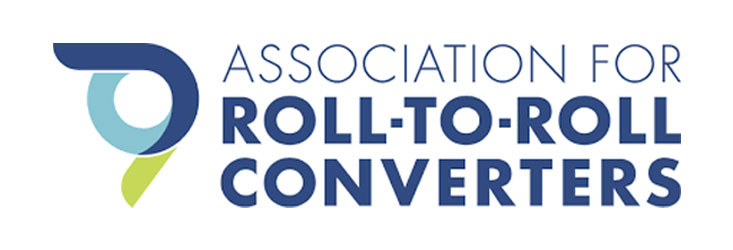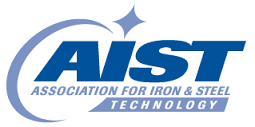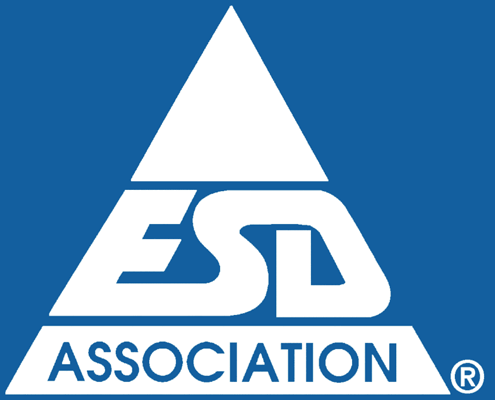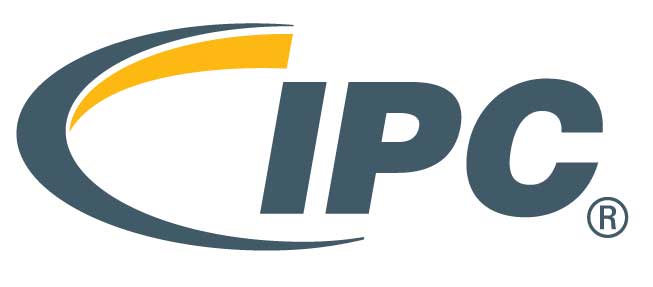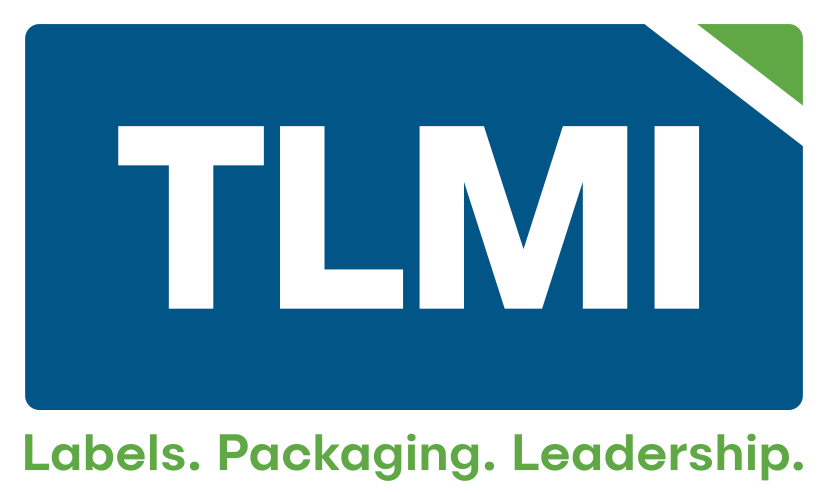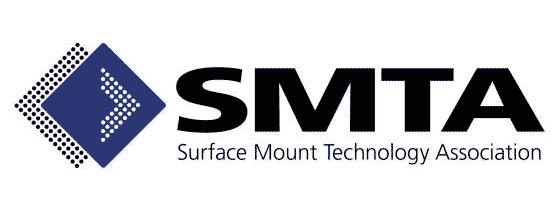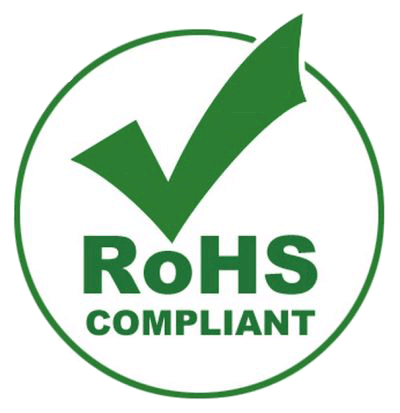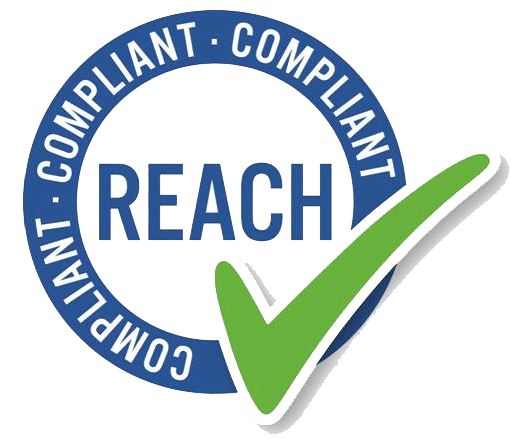Frequently Asked Questions about ESD-Safe Tapes and Label Materials
Learn more about ESD below:
ESD is electrostatic discharge. ESD occurs when a static charge is released in the form of electrical current, into a static sensitive device. If the charge exceeds the specified thresholds of the device, immediate and/or latent damage can occur.
The primary way an electrostatic charge is created is by triboelectricity, that is when two dissimilar surfaces are in contact and separated creating a charge imbalance on the separating surfaces. A secondary way an electrostatic charge is created is when a charged insulator comes into proximity of a device and polarizes the charge on the device. The charge imbalance is vulnerable to a discharge event.
ANSI/ESD S20.20 standard and its international equivalent IEC 61340 define the ESD control plan. Electronics manufacturers must have an S20.20 qualified control plan in place to manufacture static sensitive devices. These plans help prevent ESD damage to the devices.
The standard also includes the ANSI/ESD S541 standard that determines the requirements for packaging materials (e.g. labels and tapes) must meet if they are to be included in an ESD control plan.
The ESD Association in conjunction with the ANSI standards group.
Any electronics manufacturer who makes static sensitive devices (i.e. PCBs, chips, storage devices, etc.) must be certified as being compliant to the ANSI/ESD S20.20 standard.
Yes, the ANSI/ESD S541 standard governs packaging materials that are used within an ANSI/ESD S20.20 controlled safe area and includes provisions for process-related insulators, such as labels and tapes.
STM S11.11 is the test for surface resistance. Static dissipative materials must have surface resistances >104and <1011Ohms.
ESD ADV 11.2 defines the test for the accumulated charges on tapes and labels after their liners have been removed. To qualify, these charges must be less than 125volts/in if used within 12".
The proper term for these materials is low charging. They are also referred to as static dissipative, ESD (The ESDA does not like the use of antistat except for ingredients used in a coating that will conduct charge).
Ionizers are very effective and widely used. They add positively and negatively charged atoms and molecules (ions) to the air that is then blown over the static sensitive devices. These ions neutralize charges. However, the ionization process takes a finite amount of time to work. So, if a non-ESD label or tape is quickly brought near or applied to a static sensitive device, the ionization may not be able to neutralize the charges quickly enough and damage can occur.
It is highly recommended that ESD-Safe labels and tapes always be used in conjunction with ionization.
Want To Learn More?
Have a question or just want to learn more about these unique engineered tapes? Call our technical experts at (603)352-1415 or request information
Affiliations and Associations
Polyonics is proud to be associated with or be a member of the following industry organizations

